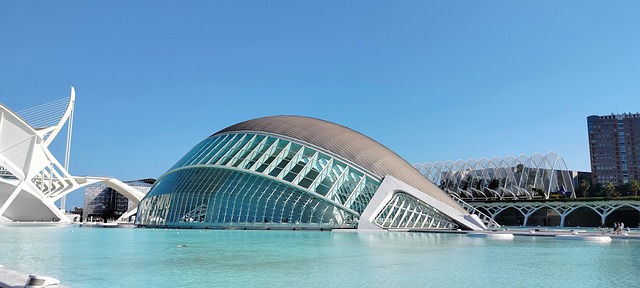The rapid evolution of technology is reshaping the way we experience art and culture. At the forefront of this transformation are immersive exhibitions that leverage the potential of Virtual Reality (VR) and Augmented Reality (AR) within the dynamic environment of the metaverse. The metaverse is not just a buzzword; it represents a vast digital universe, where creativity knows no bounds, and traditional barriers to participation in art and culture dissolve into pixels.
Imagine walking through a virtual museum that echoes with the whispers of centuries past while standing in a digital recreation of an ancient amphitheater. With VR headsets, visitors can explore these spaces as though they are physically present, engaging with art in a multisensory manner. The thrill of stepping into Van Gogh’s Starry Night or experiencing a 3D model of the David statue allows for a deep emotional connection that traditional exhibitions may struggle to provide. The technology facilitates an unparalleled level of immersion, fostering an intimate relationship between the viewer and the artwork.
In contrast to conventional art galleries, where pieces are often static and limited in interpretation, immersive exhibitions within the metaverse provide interactive experiences. Users can touch, manipulate, and even alter digital art pieces, making the experience uniquely personal. The inclusion of AR technology further enhances this interaction by overlaying digital elements onto the physical world, enabling a seamless blend of reality and virtuality. Picture a sculpture popping to life in your living room, inviting you to explore its intricate details from every angle. This interactive nature sparks creativity and encourages visitors to become active participants in their artistic journey.
The allure of immersive exhibitions is not limited to the visual arts. They can encompass performances, historical reenactments, and educational experiences. Imagine attending a VR theater performance where you are not just an audience member but a character in the story, navigating through scenes that react to your presence. Such experiences expand our understanding of storytelling and audience engagement, making art more accessible than ever before.
The global pandemic has accelerated the adoption of these technologies, forcing curators and artists to rethink how they connect with audiences. The challenges faced by physical venues have given rise to innovative solutions, leading to a new era of creativity that thrives within the metaverse. Events like the Virtual Venice Biennale or immersive fashion shows have taken the world by storm, demonstrating that the possibilities for art appreciation are limitless.
Furthermore, the metaverse offers unprecedented opportunities for collaboration among artists from diverse backgrounds and disciplines. Creatives can come together in virtual spaces, transcending geographical boundaries and cultural limitations. This cross-pollination of ideas leads to new forms of artistic expression, enriching the global art narrative. As visitors engage with these collective works in the metaverse, they become part of an ever-evolving tapestry of creativity.
As we venture further into this exciting realm, the concept of reality itself becomes fluid. Immersive exhibitions challenge us to rethink our perceptions of art and experience, inviting us to question what is real and what is simulated. As we explore these boundless possibilities, we find that the essence of art remains unchanged: it is about storytelling, connection, and, above all, the human experience. So, whether you’re a seasoned art aficionado or a curious newcomer, dive into the immersive world of the metaverse and let your senses be awakened like never before.



